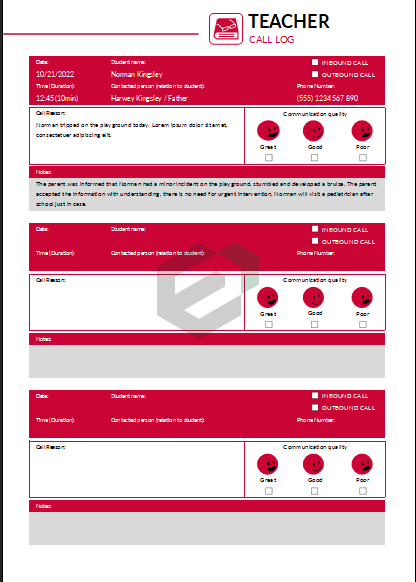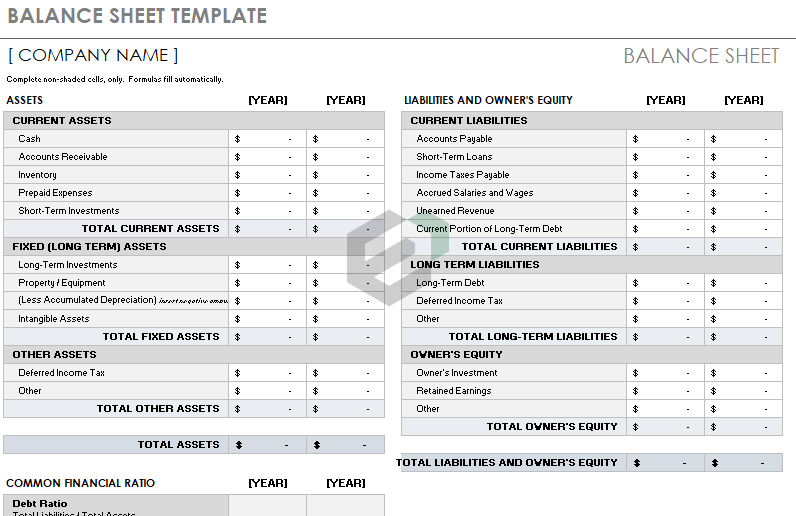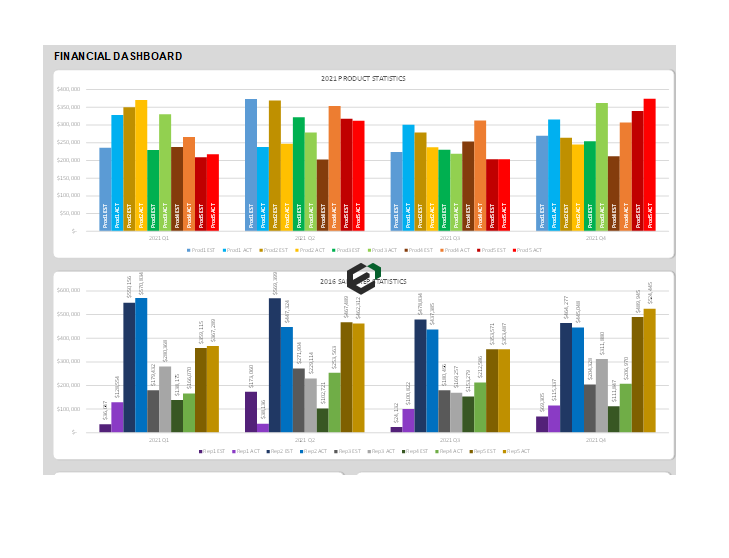Introduction to EOMONTH Function
EOMONTH function returns the end of the month date which is the number of months in the future or the past. You can use a positive number for a future date and a negative number for the past month’s date.
Download Sample File
Download Sample Files to work, practice and master the Date Functions in Excel.
Syntax of EOMONTH Function
EOMONTH(start_date,months)
Arguments of EOMONTH Function
- start_date: A valid date from where you want to start your calculation.
- months: The number of months you want to calculate before and after the start date.
Example of EOMONTH Function in MS Excel
In the below example, we have used EOMONTH with different types of arguments:

- We have mentioned 01-Jan-2016 as the start date and 5 months for getting a future date. As June is exactly 5 months after January, it has returned 30-Jun-2016 in the result.
- As I have already mentioned, EOMMONTH is smart enough to evaluate the total number of days in a month.
- If you mention a negative number, it simply returns a past date which is the number of months back you have mentioned.
- In the fourth example, we have used a date that is in text format and it has returned the date without returning any errors.
Other Excel Date Functions Tutorials
You can explore and master other date functions in Microsoft Excel. Here is a complete list of date functions available in Microsoft Excel.




